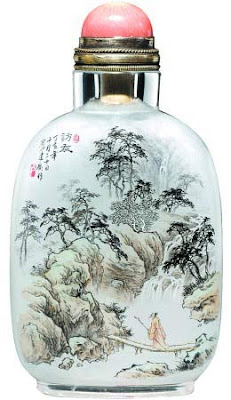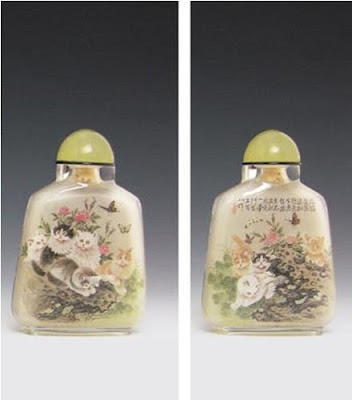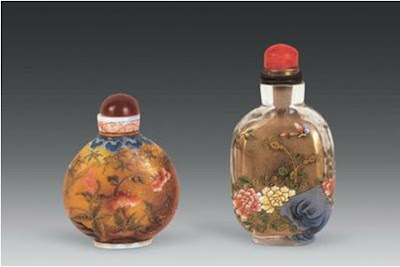
Switzerland Pavilion at 2010 Shanghai World Expo - Rural and Urban Interaction
Theme: Rural and Urban Interaction Highlights: Curtain of Woven Aluminium Elements
National Pavilion Day: August 12
Pavilion Area: around 4,000 square meters
Location: Within Zone C of the Expo site
Pavilion Features:
A combination of technological insight and beautiful dream - Switzerland Pavilion best shows the characteristics of modern Switzerland, including the pursuit of excellence, innovation and high-quality life, as well as concepts of future facing, forward looking and sustainable development.
 The most distinguished feature of the Switzerland Pavilion is the chair lift ride. The jouney takes about 10 minutes. The chair lift will take people up and out to the roof garden from the inside pavilion. The chairs are sheltered to ensure operation under the raining weather.
The most distinguished feature of the Switzerland Pavilion is the chair lift ride. The jouney takes about 10 minutes. The chair lift will take people up and out to the roof garden from the inside pavilion. The chairs are sheltered to ensure operation under the raining weather. Highlight 1: Interactive and Intelligent Facade
The interactive, intelligent facade enveloping the pavilion is a curtain of woven aluminium elements under which visitors pass to access the urban area on the ground floor of the building. LED lights comprised of an energy source, a storage unit and a consuming unit are incorporated into the facade.
The energy produced is made visible in the form of flashes that are triggered by the pavilion surroundings, such as the sun or flashes made by visitor cameras. Thanks to the storage of energy in each individual cell, the facade is also active at night, when the cells will trigger each other.

Highlight 2: Use of Chinese Philosophy
The design concept is visible in a mix of many contradictory elements. The Chinese Philosophy of "Yin" and "Yang" is well reflected in the entire building, to achieve an ingenious combination of high-tech and nature.
Highlight 3: IMAX Film "The Alps"
At the top end of the ramp of the exhibition area, visitors can see a 10-meter-high projection screen in the atrium. The IMAX film "The Alps," showcasing magnificent Swiss mountain scenery, will be projected.
Previous series of 2010 World Expo: Spain Pavilion
Next series of 2010 World Expo: USA Pavilion
* Original address of this China gift post: China Gift and Fine Arts & Crafts in China







